Christian church history is a fascinating journey that has shaped not only the faith of millions but also the course of world events. From its humble beginnings, the Christian faith has endured through various challenges, leading to remarkable developments.
Key events and influential figures have played a crucial role in the growth and diversification of Christianity over the centuries.


Readers will discover how the early church established its beliefs and structures, paving the way for the many denominations that exist today. The impact of significant movements like the Reformation also highlighted the church’s ability to adapt and change.
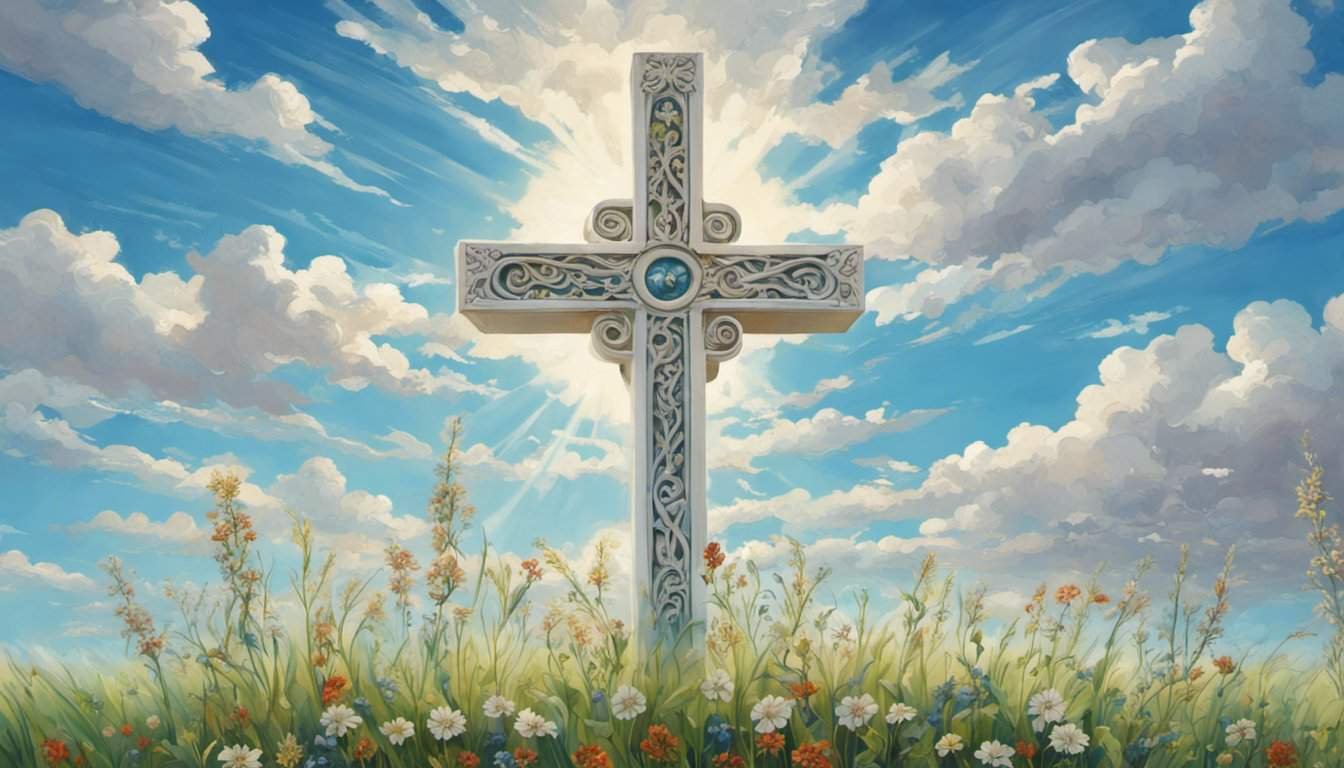
Understanding these milestones in church history enhances appreciation for the faith’s rich legacy and its ongoing relevance in today’s world.
With this exploration of church history, readers can gain insight into the pivotal moments and key individuals who helped forge the Christian faith as it is known today. By delving into these events, they will see how the church continues to evolve and influence global society.
Key Takeaways
- Key events have shaped the Christian faith throughout history.
- Church councils established foundational beliefs that guide Christians today.
- The Reformation exemplifies the church’s ability to adapt to societal changes.
The Birth of Christianity
The beginnings of Christianity are rooted in the life of Jesus Christ and the events surrounding his ministry. This section will explore key moments such as his teachings, the pivotal events of his crucifixion and resurrection, and the enduring influence of Pentecost.
The Life and Teachings of Jesus Christ
Jesus Christ, a Jewish teacher, emerged in the early first century. He traveled through Galilee and Judea, spreading messages of love, forgiveness, and faith. His parables, like the Good Samaritan and the Prodigal Son, taught important moral lessons.
Jesus performed miracles, healing the sick and feeding thousands. He gathered followers known as the Apostles, who learned from his teachings and helped spread his message. His emphasis on loving God and one another laid the foundation for Christian beliefs.
Crucifixion and Resurrection
Around AD 30-33, Jesus was crucified in Jerusalem. This event was a response to his growing influence and the threat he posed to religious leaders. His death marked a tragic moment, but Christians believe it was necessary for salvation.
Three days after his death, followers reported that Jesus rose from the dead. This resurrection is a central belief in Christianity, symbolizing hope and eternal life. Many saw him after his resurrection, reinforcing their faith and encouraging them to share his teachings.
Pentecost and the Apostolic Age
After the resurrection, the Apostles gathered for Pentecost, a Jewish festival. This event marked the descent of the Holy Spirit upon them, empowering them to speak in different languages. It is seen as the birth of the Christian church.
Following Pentecost, the Apostles began to preach boldly about Jesus. They faced challenges but also gained many followers. The growth of the early Christian community led to the establishment of churches throughout the Roman Empire, spreading the message of Jesus far and wide.
The Spread of the Gospel
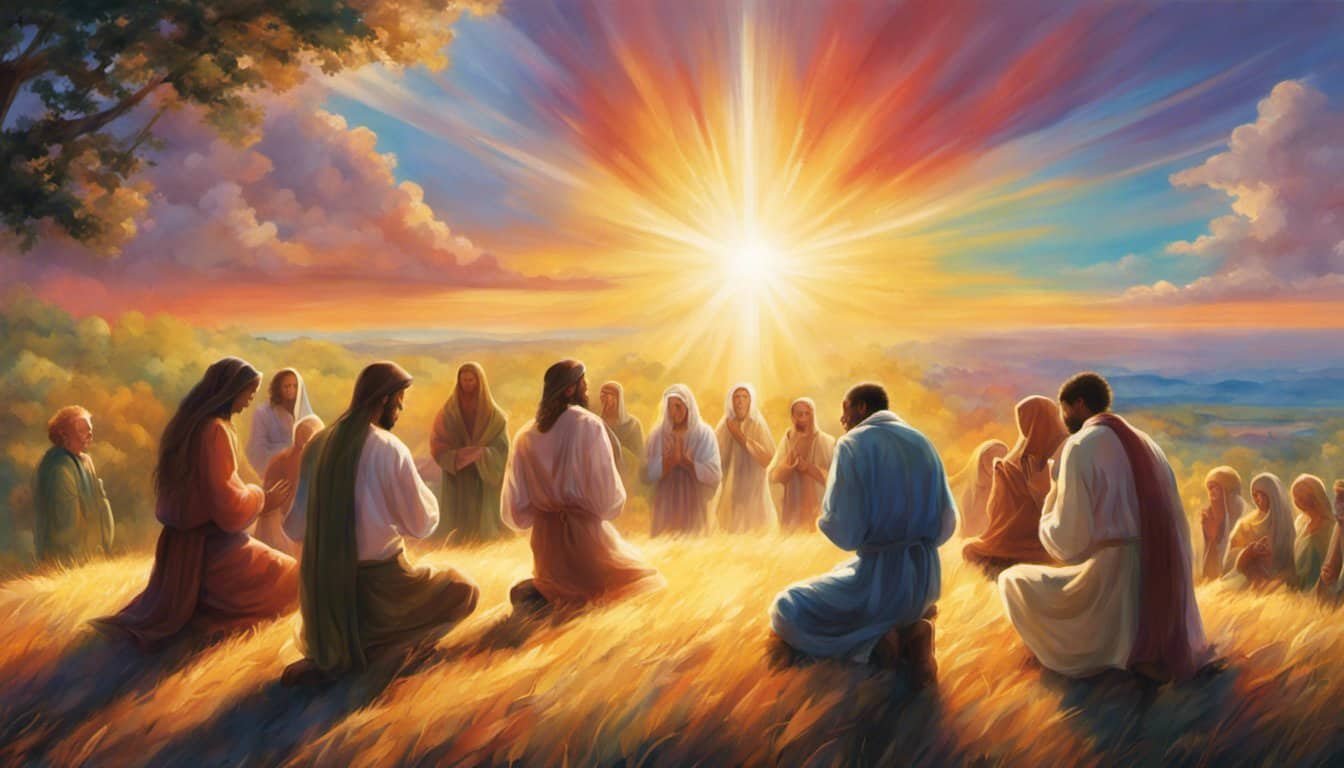
The spread of the Gospel involved many key figures and events that shaped early Christianity. Influential leaders like Paul played a significant role in sharing the message, while persecutions often tested the faith of many believers.
Missionary Journeys of Paul
Paul, originally known as Saul, transformed from a persecutor of Christians to a passionate missionary. His journeys started around 46 AD as he traveled through regions like Asia Minor and Greece.
He established churches in cities such as Corinth, Ephesus, and Philippi. His letters to these churches, known as Epistles, became important parts of the New Testament.
Paul emphasized themes like grace, faith, and the resurrection of Jesus. He also trained leaders, ensuring that the Gospel continued to spread beyond his travels. His work laid a foundation for Christianity to grow across the Roman Empire.
Persecutions and Christian Martyrs
Persecution was a harsh reality for early Christians. Under rulers like Nero, many faced torture and death for their beliefs. Nero blamed Christians for the Great Fire of Rome in 64 AD.
Christian martyrs, including figures like Stephen and later Paul, demonstrated incredible faith. Their sacrifices inspired others and strengthened the community.
These challenges did not stop the spread of Christianity. Instead, they often motivated believers to share their faith more boldly. The stories of these martyrs became powerful testimonies, encouraging others to join the movement.
Formative Early Councils and Creeds
The early councils played a crucial role in shaping Christian beliefs. They addressed important theological disputes and helped define core doctrines. These gatherings established creeds, which are official statements of faith.
The Council of Nicaea and Arian Controversy

The Council of Nicaea was convened in 325 CE by Emperor Constantine. It aimed to address the Arian Controversy, which questioned the nature of Christ. Arius, a priest from Alexandria, argued that Christ was a created being and not equal to God the Father.
This belief challenged the idea of the Trinity, where the Father, Son, and Holy Spirit are one. The council ultimately rejected Arianism, affirming that Jesus is “true God from true God.” The Nicene Creed was established, summarizing these beliefs. This creed became foundational for many Christian denominations.
Formation of Biblical Canon and the Vulgate
The formation of the Biblical Canon was also significant during this time. Early church leaders debated which writings were inspired and should be included in the Bible. This process was essential for unifying beliefs among Christians.
By the late 4th century, a standard collection emerged, which included the New Testament texts. During this period, St. Jerome created the Vulgate, a Latin translation of the Bible. The Vulgate made scriptures accessible to many and became the standard text for the Western Church. This translation played a key role in shaping Christian teachings and beliefs for centuries.
Establishment of the Church’s Structure


The early Christian church developed a structure that helped it to grow and adapt within the Roman Empire. Key events and figures, such as Constantine, played a vital role in forming the foundation of what would become the Roman Catholic Church.
Constantine’s Role and the Rise of the Roman Catholic Church
Constantine the Great became a crucial figure in the establishment of the church’s structure. In 313 AD, he issued the Edict of Milan, which granted religious tolerance to Christians. This created a safe space for Christianity to flourish.
Constantine also convened the First Council of Nicaea in 325 AD. This council aimed to unify Christian beliefs and practices. It led to the Nicene Creed, a statement of faith that defined core Christian beliefs. Constantine’s support helped elevate the church’s status within the Empire.
As a result, the Roman Catholic Church began to solidify its authority, especially in Rome. This laid the groundwork for a centralized leadership in Christianity.
Christianity within the Roman Empire
Christianity’s spread throughout the Roman Empire was marked by significant changes in its status. Initially, Christians faced persecution for their beliefs. However, with Constantine’s conversion, attitudes shifted.
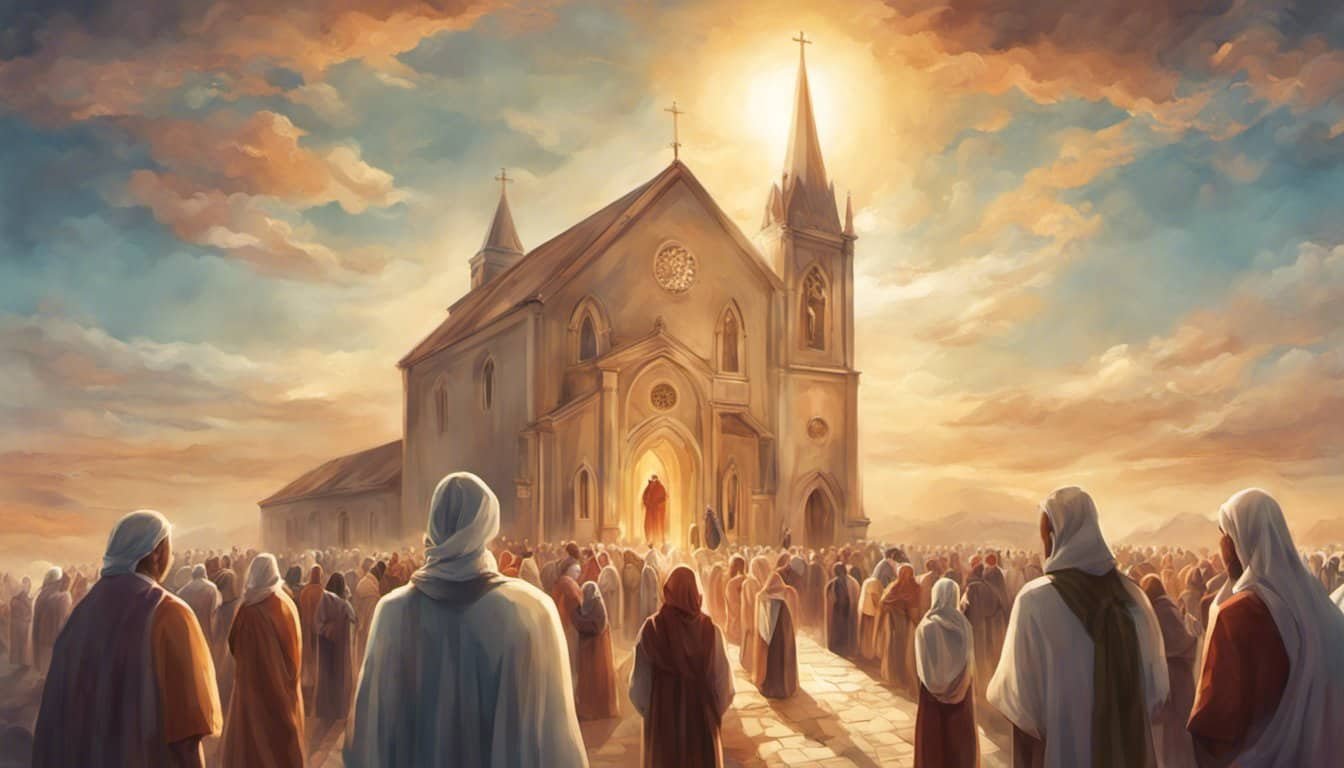
Cities like Rome, Antioch, and Alexandria became key centers for Christianity. Churches began to be built, strengthening community bonds. The establishment of bishops helped maintain order and teach doctrine across regions.
In addition, the church welcomed various cultural influences from the Empire. This blending enriched Christian practices and beliefs. With widespread acceptance, Christianity transformed from a persecuted faith into a dominant religion, forming the basis for the future of the Roman Catholic Church.
Division and Dialogue

Throughout history, Christianity has experienced significant divisions that shaped its various branches. Major schisms and the effects of Enlightenment thought played crucial roles in the development of its many traditions.
The Great Schism: Eastern and Western Christianity
The Great Schism of 1054 marked a pivotal moment in Christian history. This division separated the Eastern Orthodox Church from the Roman Catholic Church. Key issues included theological disagreements, such as the nature of the Holy Spirit and the role of the pope.
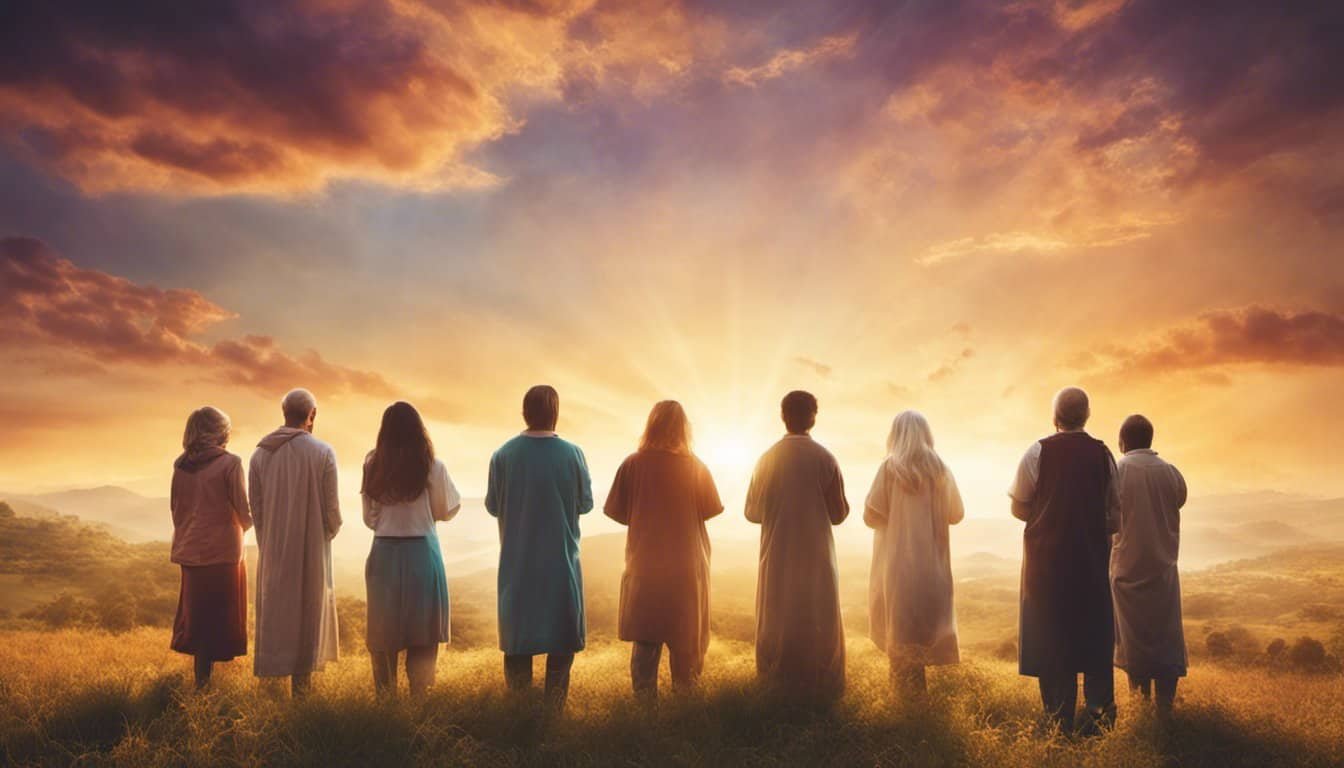
Political factors, like the influence of the Byzantine Empire and cultural differences, also fueled the split.
The dispute escalated when papal representatives excommunicated the patriarch of Constantinople. In response, the patriarch excommunicated the pope’s representatives. This act solidified the divide between Eastern and Western Christianity, a rift that continues to affect relations today.
Christianity’s Path through the Enlightenment
The Enlightenment, spanning the late 17th to the 18th century, brought about major changes in how people viewed religion. Thinkers like John Locke and Voltaire challenged traditional beliefs.
Their ideas emphasized reason, individualism, and skepticism of dogma. This shift led to new interpretations of Christianity, questioning established doctrines and practices.
As a result, various movements emerged, aiming to reconcile faith with reason. Groups like the Unitarians and Deists arose, advocating for a more personal and rational approach to faith.
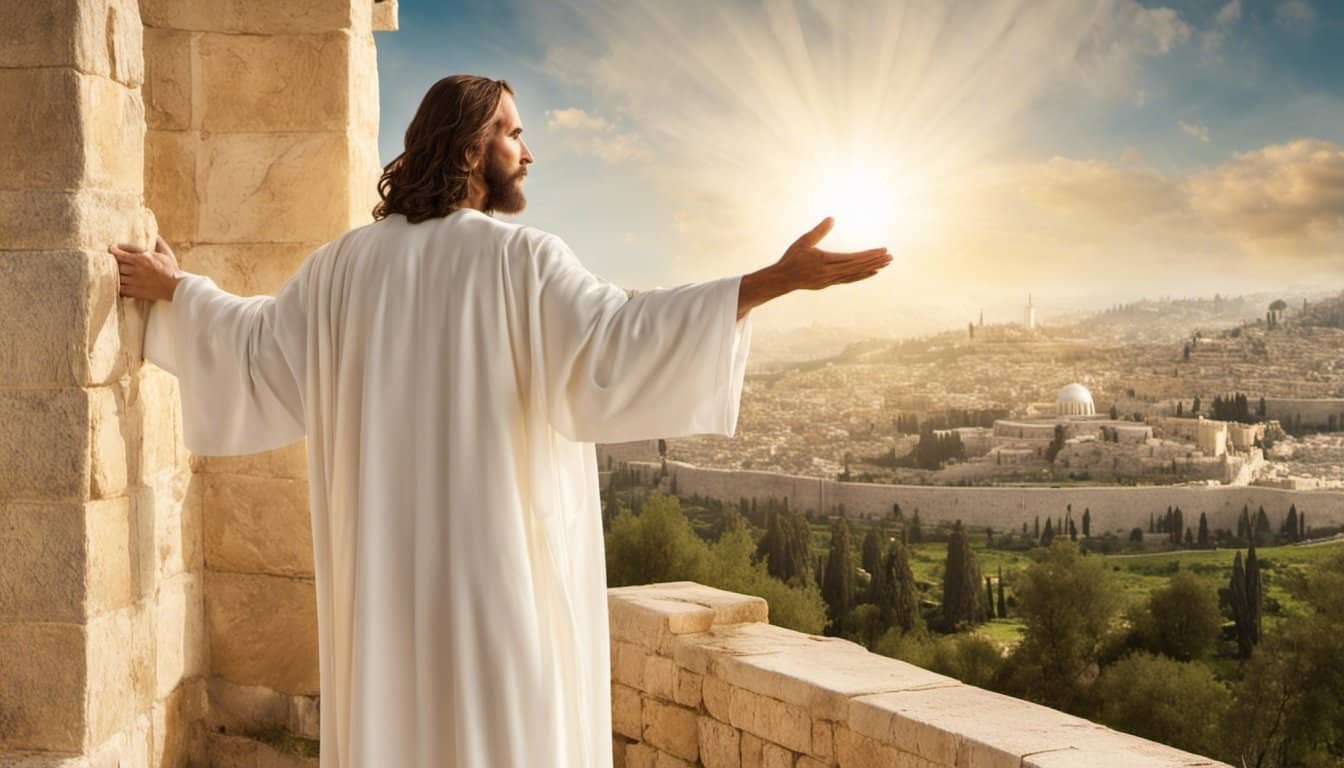
This period shaped modern Christian thought, influencing how churches adapted to a changing world.
The Crusades and Their Impact on Faith
The Crusades were a series of religious wars initiated by the Church starting in the late 11th century. Their goal was to reclaim the Holy Land from Muslim control.
These events had a profound impact on European Christianity.
Many people joined the Crusades hoping for spiritual rewards. They believed their actions would earn them a place in heaven.
However, the Crusades also led to deep divisions. Tensions arose between Christians and Muslims. The othering of different faiths caused mistrust and conflict that lingered for centuries.
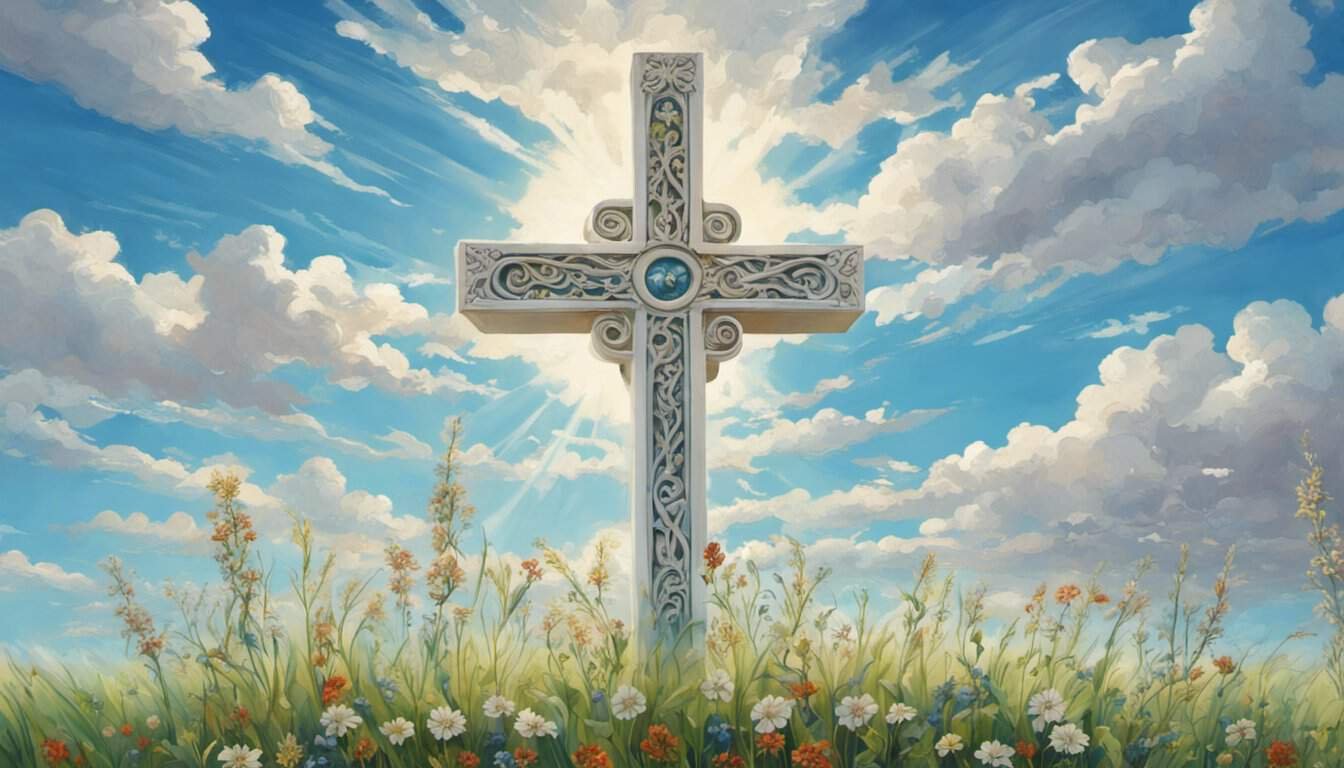
In addition to spiritual impacts, the Crusades opened trade routes. New goods and ideas flowed back to Europe. This exchange influenced art, culture, and even theology in the Christian Church.
The Fall of Rome and Its Effects on Christianity
The Fall of Rome in 476 AD marked a significant shift in Europe. As the Western Roman Empire crumbled, new power dynamics emerged. The Church became a stabilizing force during this chaotic time.
With the decline of centralized authority, the Church offered guidance and structure. It played a crucial role in preserving knowledge, as monasteries became centers of learning.
Monks copied important texts, ensuring their survival through the Dark Ages.
As political power shifted, the Church grew in influence. It became a key player in local and regional politics. Leaders sought the Church’s approval to legitimize their rule.

This period saw the rise of papal authority, establishing the Pope as a central figure in Christianity. The Fall of Rome ultimately set the stage for the Church’s evolution and its enduring impact on Western civilization.
Reformation and Counter-Reformation
The Reformation was a significant movement that changed the course of Christianity. It started with Martin Luther’s bold actions against the Roman Catholic Church. In response, the Church launched the Counter-Reformation to address these challenges and reaffirm its authority.
Martin Luther and the 95 Theses
Martin Luther was a German monk who became a key figure in the Reformation. In 1517, he wrote the 95 Theses, which criticized the Church’s practice of selling indulgences. These indulgences were payments people made for the forgiveness of sins.
Luther’s Theses challenged the Church’s authority and called for reforms. He argued that salvation came through faith alone, not through good works or the purchase of indulgences.

His ideas spread quickly thanks to the printing press, leading many to question the Church’s practices.
As Luther’s message gained traction, he encouraged people to read the Bible and interpret it for themselves. This emphasis on personal faith was a major shift in the Christian tradition.
The Catholic Church’s Response
In response to the Reformation, the Roman Catholic Church organized the Counter-Reformation. This movement aimed to address the issues raised by Luther and regain followers.
The Church convened the Council of Trent in 1545 to discuss church practices and doctrines. It rejected Luther’s ideas about faith alone and upheld the importance of both faith and good works.
Additionally, the Church strengthened its missionary efforts and established new orders, such as the Jesuits. These groups focused on education and spreading Catholic teachings. These actions aimed to combat the spread of Protestantism and restore the Church’s influence.
Modern Movements and Discoveries
In recent centuries, significant movements and discoveries have shaped the Christian faith. The Great Awakening spurred religious fervor in America, while the Dead Sea Scrolls transformed biblical scholarship. These developments continue to influence believers and scholars alike.
The Great Awakening and Evangelical Revival
The Great Awakening was a powerful religious movement that swept across America in the 18th century. It emphasized personal faith over traditional rituals.
Key figures like Jonathan Edwards and George Whitefield preached about repentance and a direct relationship with God.
This revival led to the formation of new denominations and increased religious diversity. People experienced intense emotional connections to their faith. The movement encouraged evangelism that spread Christianity across the frontier.
Many historians see the Great Awakening as a turning point. It inspired social reform and a sense of unity among the colonies. Today, its impact is evident in various evangelical movements that continue to thrive.
The Dead Sea Scrolls and Modern Biblical Scholarship
The discovery of the Dead Sea Scrolls in the mid-20th century was a game-changer for biblical scholarship. Found near the Dead Sea, these ancient texts date back to around 300 BCE to 100 CE.
They include some of the earliest copies of biblical manuscripts, such as the Book of Isaiah.
These scrolls provide insight into Jewish life and beliefs during the Second Temple period. They have challenged traditional views of biblical texts and their transmission.
Scholars analyze these documents to understand the historical context of early Christianity.
Their significance lies in enhancing the understanding of the Christian faith’s roots. The Dead Sea Scrolls offer a richer perspective on scripture, making them essential for both scholars and believers today.
The Global Church in Contemporary Times

In recent decades, the global Christian Church has faced numerous challenges and opportunities. One significant figure during this time was Pope John Paul II, whose influence reached far beyond the walls of the Vatican. His efforts had a lasting impact on Christianity and social issues around the world.
The Influence of Pope John Paul II
Pope John Paul II served as the leader of the Catholic Church from 1978 to 2005. His vision for the Church emphasized outreach and dialogue.
He engaged with other faiths, promoting interreligious understanding. His famous meetings with leaders from various religions helped break down barriers.
John Paul II also addressed crucial social issues. He spoke out against poverty, human rights abuses, and war. His encyclicals, such as Centesimus Annus, highlighted the role of faith in advocating for social justice.
His travels around the world made him a symbol of hope and unity for many. By visiting countries with diverse cultures, he brought attention to global concerns and encouraged grassroots movements.
He left a profound legacy that continues to inspire the Church today.












